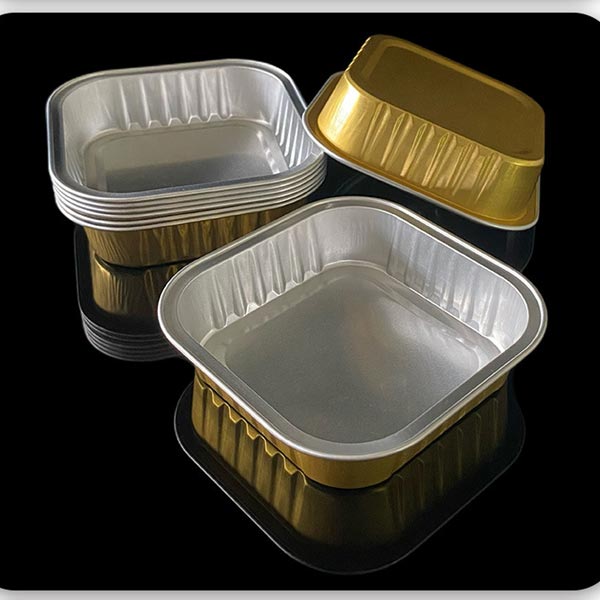Have you ever wondered how millions of tons of cargo reach global destinations daily without damage? The unsung hero behind this logistical marvel is the airline container. Designed to withstand extreme conditions while optimizing aircraft space, these specialized units ensure everything from perishable goods to industrial machinery arrives intact. But what exactly makes them indispensable for modern air freight?
Airline containers are engineered with precision to address unique challenges in air transportation. Let’s break down their defining characteristics:
Far from being simple storage units, airline containers serve as adaptive solutions across industries:
| Application | Container Type | Technical Advantage |
|---|---|---|
| Pharmaceutical Transport | Active Temperature-Controlled | ±0.5°C precision over 72+ hours |
| Automotive Parts | Flat-Racked with Tie-Downs | 1,500kg/m² load-bearing capacity |
| E-commerce Returns | Collapsible Design | 75% space reduction when empty |
| Dangerous Goods | Fire-Resistant Class D | Withstand 1,200°C for 90 minutes |
Modern airline containers incorporate aerospace-grade innovations. For instance, their curved corners aren’t just about aesthetics – these mathematically optimized contours reduce air turbulence by 18% during loading, directly lowering fuel consumption. Moreover, the honeycomb-structured flooring panels distribute weight 40% more efficiently than traditional designs, enabling safer transport of unevenly distributed cargo.
Selecting appropriate airline containers requires analyzing three critical parameters:

The next generation of airline containers addresses sustainability challenges. Bio-composite materials derived from flax fibers now demonstrate comparable strength to aluminum at 60% reduced weight. Meanwhile, smart containers embedded with IoT sensors don’t merely track location – they analyze vibration patterns to predict potential damage, triggering automated rerouting through AI systems.
While airline containers solve numerous problems, operators frequently ask:
“How do we balance container weight against payload capacity?” The answer lies in advanced alloys like 6061-T6 aluminum, which achieves a 2.7g/cm³ density while maintaining structural integrity at -40°C to 125°C operational ranges.
“Can containers adapt to irregularly shaped cargo?” Modular designs with configurable internal grids now allow custom compartmentalization within 15 minutes, accommodating anything from aircraft engines to delicate artworks.
A single airline container’s lifecycle reveals surprising efficiencies: Over 10 years of service, properly maintained units complete 1,200+ cycles with less than 0.2% failure rates. This reliability translates to a 34% reduction in per-unit logistics costs compared to disposable packaging alternatives.
From temperature-sensitive vaccines to time-critical manufacturing components, airline containers form the silent infrastructure powering our interconnected world. Their continuous evolution – blending material science breakthroughs with operational intelligence – ensures that air cargo remains both economically viable and environmentally responsible. As global trade volumes project 4.9% annual growth through 2030, these unassuming metal boxes will keep shaping how we move goods in an increasingly demanding marketplace.